TAP> Project Management Fundamentals
Course Purpose The person credited with this unit standard can begin operating in a project environment by understanding the terminology and interpreting and explaining fundamental project management concepts. What you’ll learn The person credited with this unit standard can begin …
Course Purpose
The person credited with this unit standard can begin operating in a project environment by understanding the terminology and interpreting and explaining fundamental project management concepts.
What you’ll learn
The person credited with this unit standard can begin operating in a project environment by understanding the terminology and interpreting and explaining fundamental project management concepts. This standard will also add value to learners who are running their businesses and recognise that project management forms an integral component of any business. The qualifying learner can explain the nature of a project, the nature and application of project management, the types of structures found in a project environment, the application of organisation structures in a project environment, and the major processes and activities required to manage a project.
 Duration: 1 Day
Duration: 1 Day
Featured Course
Interpret and Use Information from Texts
Course Curriculum
Curriculum
- 5 Sections
- 21 Lessons
- 3 Days
- Unit 1: Explain the nature of a project.ASSESSMENT CRITERIA5
- 1.0The characteristics of a project are explained with examples.
- 1.1Differences between project and non-project work are explained with examples of each.
- 1.2A basic project life cycle is explained with examples of possible phases.
- 1.3The reasons for undertaking projects are explained with practical examples.
- 1.4A range of types of projects and their complexity are explained in simple terms.
- Unit 2: Explain the nature and application of project management.ASSESSMENT CRITERIA5
- 2.0Project management is defined and its application is explained according to recognised published standards.
- 2.1The major project management processes are described and explained according to recognised best practice.
- 2.2The differences between project management and general management are explained with examples of each.
- 2.3The difference between project management processes and technical (end product related) processes is explained with examples of each.
- 2.4The difference between a project team member and the project manager is explained in accordance with role descriptions.
- Unit 3: Explain the types of structures that are found in a project environment.ASSESSMENT CRITERIA4
- 3.0The reasons for defining structures for a project is explained with examples.
- 3.1The concept of programme and project hierarchies is explained with an example.
- 3.2The purpose of decomposing a project into manageable components or parts is explained with practical examples.
- 3.3The concepts of breakdown structures for product, work and cost are explained in simple terms.
- Unit 4: Explain the application of organisation structures in a project environment.ASSESSMENT CRITERIA4
- 4.0The basic differences between a matrix and functional organisation structure are explained with examples of each.
- 4.1The project organisation structure is described and explained in a written format.
- 4.2The purpose and key responsibilities of two roles on a project are described in a written format.
- 4.3Stakeholders are explained with examples of at least six different stakeholders.
- Unit 5: Explain the major processes and activities required to manage a project.ASSESSMENT CRITERIA3
- 5.0Key processes and activities that take place to manage a project are described from beginning to end.
- 5.1The supplementary management sub-processes and activities required to support the key processes and activities are briefly described with examples of each.
- 5.2The reasons for planning and controlling a project are explained with examples of the consequences of not planning and controlling.
Requirements
- Grade 11
- NQF Level 3








